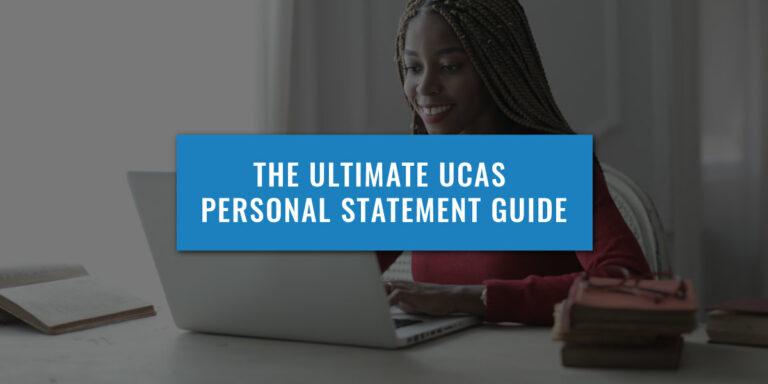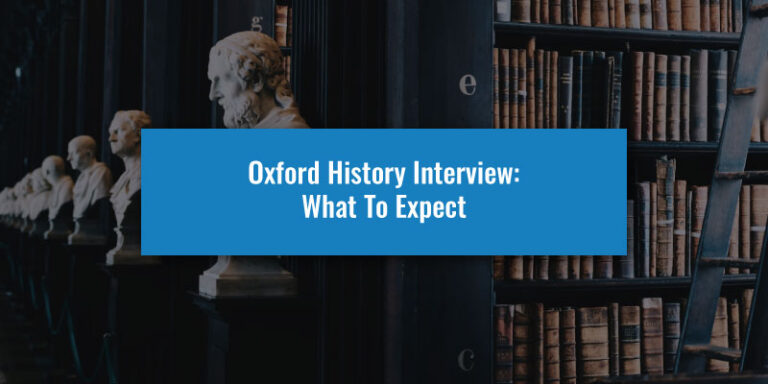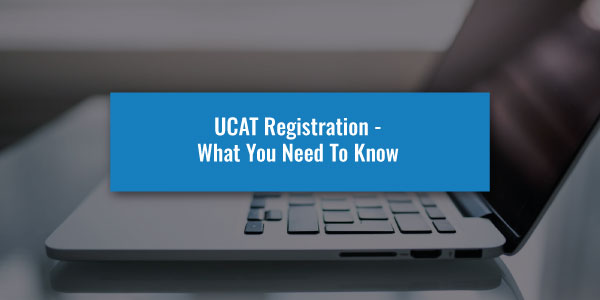Oxford’s History Aptitude Test may seem daunting at first…
But there are certain steps you can take to prepare so that you are ready to face it in November. The History Aptitude Test (HAT) is one of the key elements of the Oxford application process, and is particularly important for selecting the candidates who make it to the interview stage. The deadline for registering for the HAT each year is usually the 30th September, so it is essential to start thinking early on about whether or not you wish to sit the exam and if so, how you will approach it.
The type of questions included in the HAT may seem scary at first, and sitting an Oxford exam before you’ve even sat your A Levels is a terrifying prospect in itself.
However, with a love of history and the type of analytical skills that encourage an Oxford application in the first place, the HAT can be an exciting prospect, and is not like any other History exam. Whereas it is obviously important to learn dates and themes for your History A-Level, this is not necessary for the HAT and is in fact, actively discouraged. The exam instead aims to test how you think and your skills as a historian, and is therefore much more straightforward and needs far less preparation. However, there are still certain steps you can take to prepare.
1) Understanding the format of the HAT
Confusingly, Oxford has implemented changes to the structure of the exam, which are in place from 2018 onwards. The test now consists of one question based on a primary source extract. This question will take a similar form to Question 3 of the old HAT, which is essentially asking what a historical source reveals and for you to draw out key themes.
2) Practice, practice, practice!
Further practice is key! This can be done through past papers, and the UniAdmissions website tends to be especially helpful in this respect. They have all past papers available here, and these are incredibly useful for honing your analytical skills as well as ensuring you are confident and not thrown off with surprise when turning over the paper in October. Although the paper has changed, these past papers are still important for testing your historical thought process, and Question 3 should provide a template for the sort of things the new question paper will be based on.
Further than past paper practice, reading historical books can be a good way to prepare!
Reading history and not just taking in what it says, but really thinking hard about what the source can tell you about things below the surface is a valuable exercise. This kind of thought process is exactly what a History degree at Oxbridge involves, and is not unlike the weekly tutorial system. Try reading a historical excerpt and drawing out what its really trying to say, as well as its biases and its key themes, and you will be in good stead for October.
Finally, it is important to remember that above all the HAT tests your skills as a historian rather than your knowledge.
The paper will most likely be on a topic that you haven’t studied and are not aware of, and this is a good thing. Even if you have knowledge of the period, you are instructed not to bring it in. The question is about how you think not what you know, and it is important not to be distracted by bringing in outside facts. So, my advice is be prepared and practice so that you are confident, but there is no need to over prepare, because at the end of the day, it is your aptitude they are testing.
Good luck in November!







